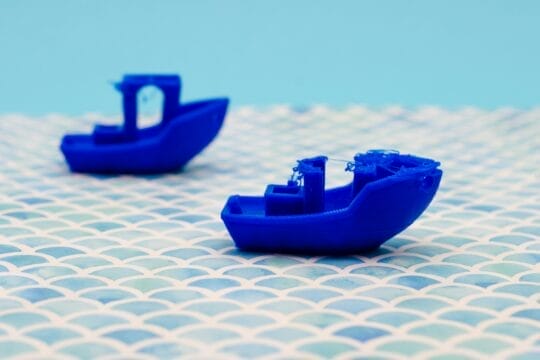
The history of 3D printing is a remarkable journey that spans several decades, starting as a niche technology and evolving into a critical component of modern manufacturing, healthcare, and even space exploration. It all began in the early 1980s when Dr. Hideo Kodama of Japan developed one of the first rapid prototyping systems, although it was Chuck Hull’s invention of stereolithography (SLA) in 1984 that marked a significant breakthrough. Hull’s innovation, which involved curing liquid resin layer by layer using UV light, led to the creation of the first commercial 3D printer, the SLA-1, in 1987. This invention also introduced the widely used .STL file format for 3D models, laying the foundation for the 3D printing industry.

In the late 1980s, other 3D printing methods emerged, including selective laser sintering (SLS), developed by Carl Deckard, and fused deposition modeling (FDM), invented by Scott Crump. These technologies introduced the concept of using lasers or heated materials to build objects layer by layer, which greatly expanded the possibilities of 3D printing. By the 1990s, companies like Stratasys and 3D Systems were commercializing these technologies, and CAD (computer-aided design) tools evolved to support the creation of intricate digital models. This period solidified 3D printing’s role in rapid prototyping for industries such as aerospace, automotive, and manufacturing.
The 2000s were a turning point for 3D printing, especially with the rise of open-source initiatives. In 2005, Dr. Adrian Bowyer’s RepRap Project introduced the concept of a self-replicating 3D printer, capable of printing most of its own components. This project democratized 3D printing, making it more accessible to hobbyists and enthusiasts. Companies like MakerBot, founded in 2009, capitalized on this trend by offering affordable desktop 3D printers, further fueling the DIY maker movement. At the same time, industries began to explore the use of 3D printing in areas beyond prototyping, such as healthcare, where bioprinting technologies were being developed to print organs and tissues.
As the 2010s progressed, 3D printing transitioned from being primarily a prototyping tool to a legitimate manufacturing method. Key patents, like those related to FDM, expired, which led to a surge in innovation and competition. 3D printing became a more affordable and viable option for both businesses and individuals. This technology found applications in a wide range of industries, including architecture, automotive, and even food production. For example, the ability to print complex metal parts or human tissues showcased 3D printing’s potential to revolutionize traditional manufacturing methods.
Today, 3D printing continues to push boundaries with advancements in materials science, allowing for the use of metals, ceramics, and organic materials. The future holds even more exciting possibilities, from on-demand manufacturing of parts to the bioprinting of organs for transplants. As 3D printing technology becomes more refined and accessible, it is set to play an even greater role in shaping the future of industries worldwide.
Adapted from Wikipedia’s History of 3d Printing